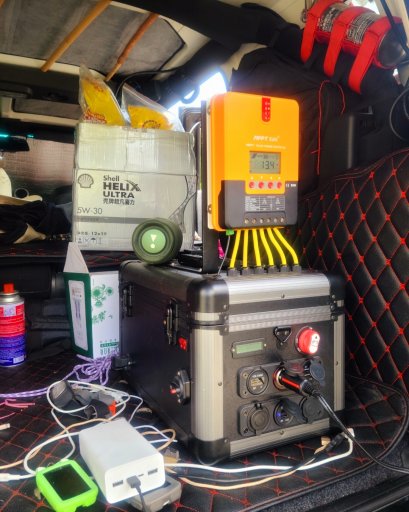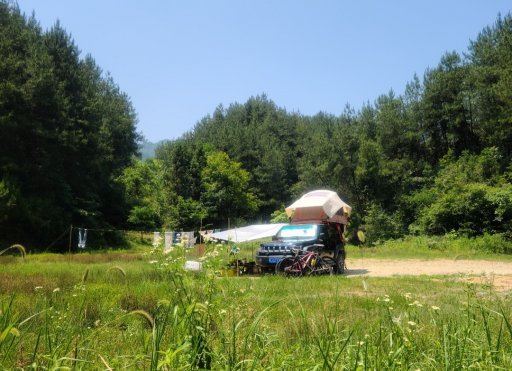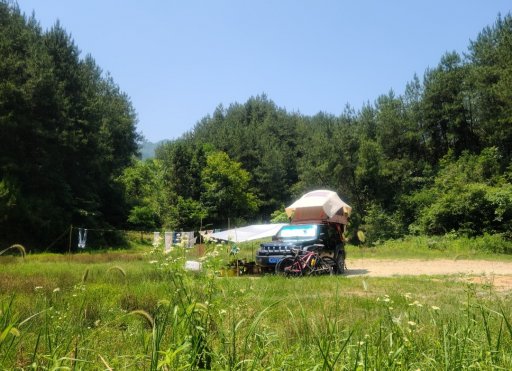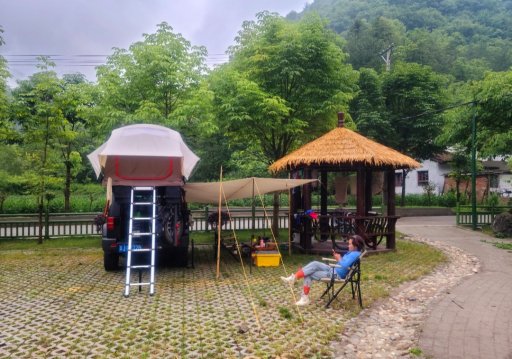Thought I'd pass along what I've learnt about one of our most important items for our trips. So...we have a lot of gadgets that need charging besides our fridge. And it's been a learning exercise over the last couple of years.
Anyways...forget the learning curve...this is what we currently have... 2 x 50w panels mounted to the front removable roof sections...wired in parallel (surprised more Jeep owners don't do this). I also have 2 x 100w loose panels wired in series that are disconnected while driving and stored above the interior rollbars.
I use a MPPT solar controller...these are more efficient than a PWM unit. It's supports a 100ah Lithium battery which I've killed once but was able to bring it back.
In regards to our fridge (30L) a cover is a necessity and if you have mess over the vents...cut that out (it only restricts the air flow. I also keep the fridge outside while we are parked otherwise the thing just cycles too much. And I manage the temperature in small increments not to put too much load on the system (part of my early pro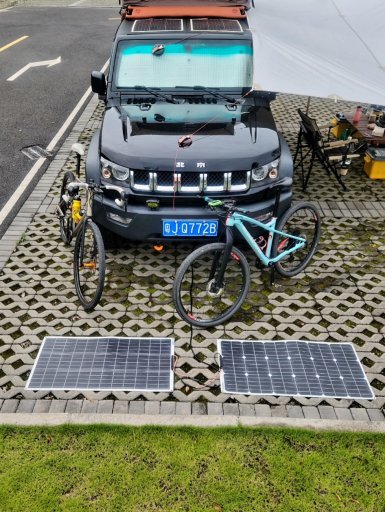
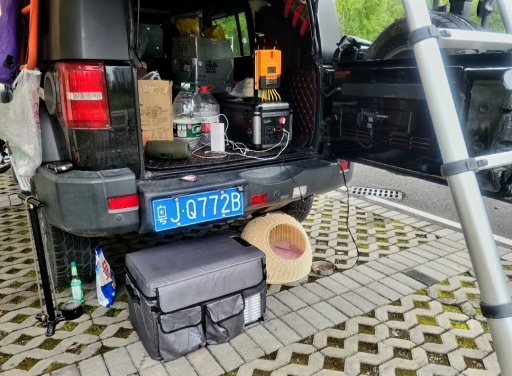

Anyways...forget the learning curve...this is what we currently have... 2 x 50w panels mounted to the front removable roof sections...wired in parallel (surprised more Jeep owners don't do this). I also have 2 x 100w loose panels wired in series that are disconnected while driving and stored above the interior rollbars.
I use a MPPT solar controller...these are more efficient than a PWM unit. It's supports a 100ah Lithium battery which I've killed once but was able to bring it back.
In regards to our fridge (30L) a cover is a necessity and if you have mess over the vents...cut that out (it only restricts the air flow. I also keep the fridge outside while we are parked otherwise the thing just cycles too much. And I manage the temperature in small increments not to put too much load on the system (part of my early pro







